They were once the white heat of technology’s cutting edge but by the 1960s their lustre had faded and local train services hit the buffers.
The infamous Beeching Report swept away virtually every Scottish branch line and Angus was littered with the remains of closed stations and ripped up lines.
One was Kirkbuddo, which opened back in 1870.
David Tough from Blairgowrie organised a special passenger train to the village in October 1967 to mark the closure of the track after almost 100 years.
A cine film of its final journey was where it all started for the Angus Railway Group (ARG), which is celebrating its 50th anniversary in 2022.
Memories of those early days
Mr Tough and fellow enthusiast Lindsay Horne were the driving force behind the group, which held its first meeting at Mr Horne’s Dundee home in 1972.
Mr Horne became an active secretary, cajoling fellow enthusiasts to join the group.
It was a period when diesel and electric locomotives continued to gradually take over from the last of steam and the arrival of the high-speed Inter-City 125s.
John Cumming was one of the original members.
“I was approached by David Tough and Lindsay Horne, asking if I would like to join a small railway group they were thinking of starting up,” he said.
“Some of these bigger society meetings were at that time quite stuffy affairs and several of us went back to Lindsay’s house in Seymour Avenue in Dundee.
“We watched a cine film of the last train to Kirkbuddo in 1967 alongside photographs of Angus railway stations which were closed as a consequence of rationalisation.”
It was nostalgia all the way with a cup of tea afterwards!
ARG started to meet every three weeks in members’ homes, where everyone was charged 50p to cover the cost of tea and sandwiches.
The group grew in popularity throughout the 1970s with members joining up from Perth to Arbroath, which sometimes made for standing room only at meetings!
The group organised a number of rail tours in the area in the 1970s and early 1980s, at a time when British Rail was closing several lines and stations.
These included trips to Forfar, Ladybank and an all-day trip around all the Fife railway lines while members’ wives served up food and drink from the guard’s van.
Catching the last train to Forfar
It also wasn’t unknown for enthusiasts to hitch a lift in the guard’s van of the daily freight train that ran from Perth to Forfar and the lime yard at Eassie!
John said: “Our most famous trip, of course, was the last train to Forfar, which happened just before the line closed completely in June 1982.
“We ran two trains that day from Perth with a Class 40 locomotive and coaches.”
The ‘Forfar Farewell’ took place on June 5 1982.
The line was only being used by goods trains after passenger travel ceased in September 1967 but some of the track further north had already been lifted.
In due course British Railway would dispose of the land for development.
Some people came from as far as England.
Class 40 diesel loco 40143 drew up that Saturday at the former Forfar North Junction, pulling six coaches at 12.13pm, then, at 12.47pm, it made the run back to Perth.
The train made the same journey again and then left Forfar at 5.15pm for the return journey to Perth, where it arrived at 6.47pm.
It stopped at many stations, although many of those platforms were already gone.
“We also published several pictorial books from the golden age of steam,” said John.
“Many of the photos came from a long-deceased member, Tom Mahoney, plus a few from our members and they all proved very popular.
“After many years the group felt we were outgrowing meetings in members’ houses and started to use the Broughty Ferry station building on Sunday evenings.
“We had that for a time and then the disused Errol Station building and yard came on the market in the 1990s and was purchased by various group members.”
Making history at Errol Station
Errol Station was a place they knew well.
Members of ARG carried a wreath to mark its closure in 1985 before a barrage of detonators echoed around the village as the last train left the platform.
Nobody else seemed to care.
Most people who were present that day expected it to be the end.
The Errol Station Trust was set up to purchase the site and worked hard to restore the buildings internally to the 1920s style, creating a heritage centre with railway memorabilia, company documents and old photographs.
Errol Station made history when the newly restored complex was unveiled to the public in May 1990 and proved popular with rail enthusiasts and tourists alike.
In 1992, for the first time in seven years, a train stopped at Errol Station to mark the 145th anniversary.
But a mountain of overheads and a lack of staff saw the building put up for sale in 1999.
ARG started to meet in the Royal Tay Yacht Club in Broughty Ferry every third Sunday between September and May, where talks and presentations were given by well-known railway photographers and fellow enthusiasts from across Scotland.
John said: “We also had a few outdoor walks in the summer months over long-closed railway track beds and trips to various railway museums.
“Unfortunately, the Royal Tay Yacht Club building was sold last year but we were able to get an alternative meeting place at the Woodlands Hotel in Broughty Ferry.
“Our meetings are still well-attended 50 years since we started out, although sadly we have lost a few members, because, as the group gets older, so does its members.
“One of our founder members, Lindsay Horne, died 10 years ago, but David Tough still manages to get to a few meetings in the year and remains as enthusiastic as ever.”
ARG celebrated its 50th anniversary when 32 of its members and their partners enjoyed a return trip on the Speyside Railway from Aviemore to Broomhill with lunch.
The locomotive carried a special headboard to mark the momentous occasion.
ARG has documented the triumphs and tragedies of Scotland’s rail network over the past 50 years and is always looking for new members to join up and get involved.
Here’s to the next 50 years of making memories on the track!
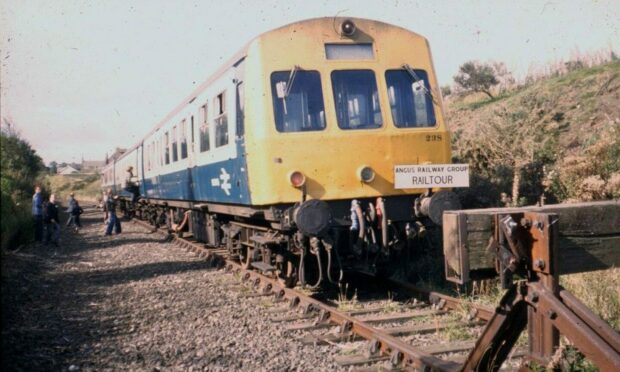

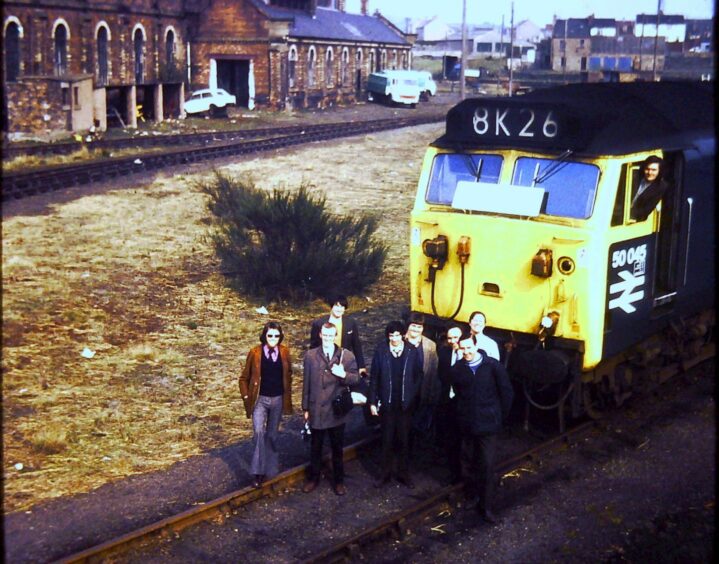
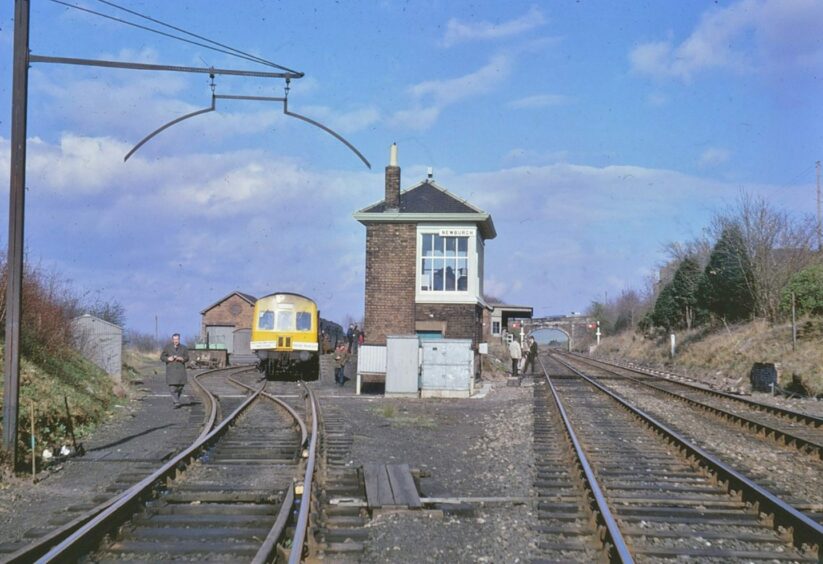
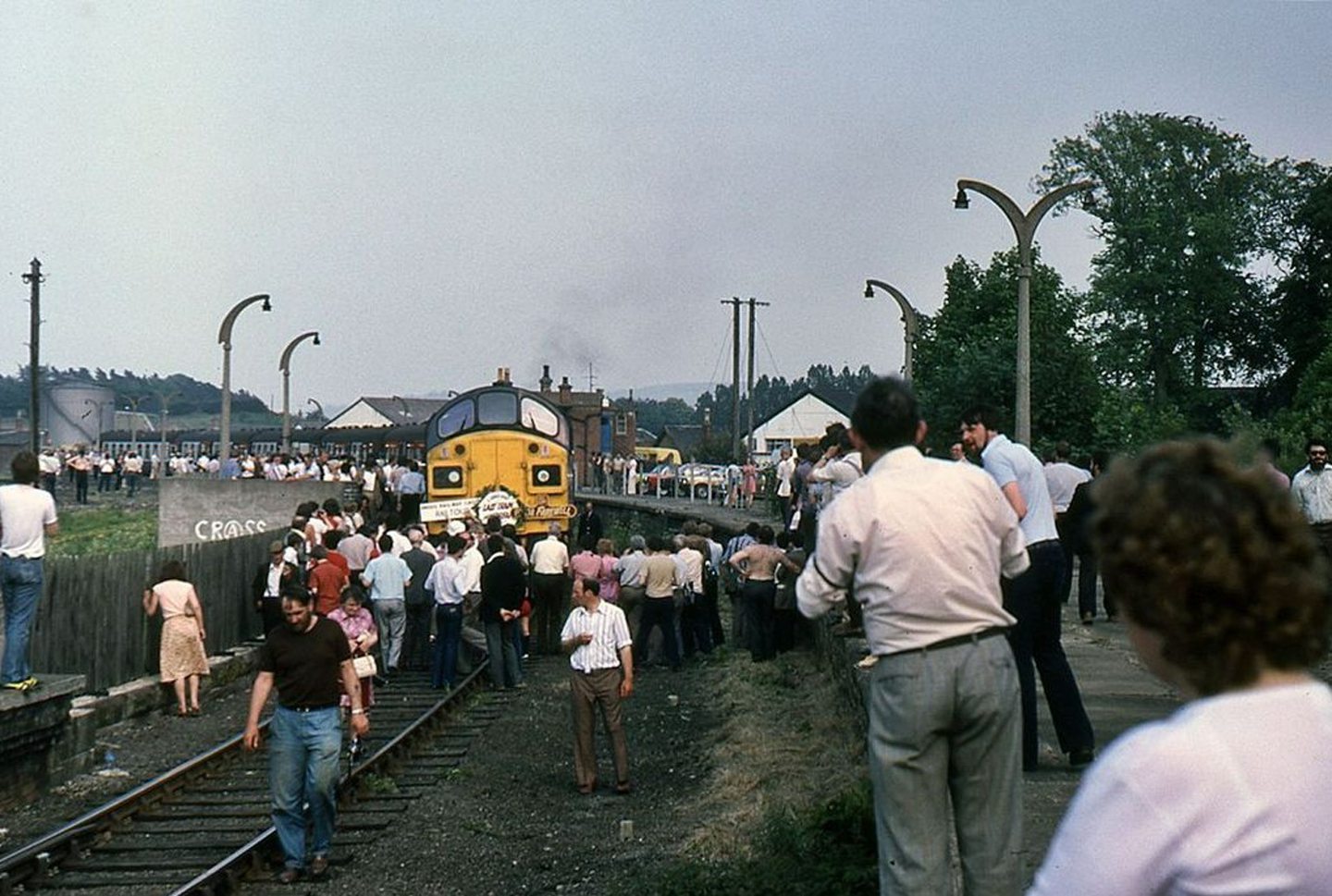
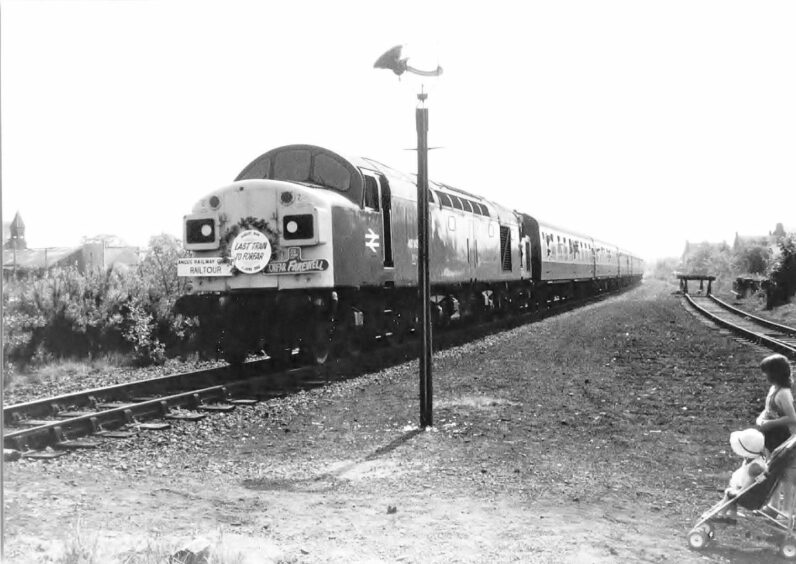
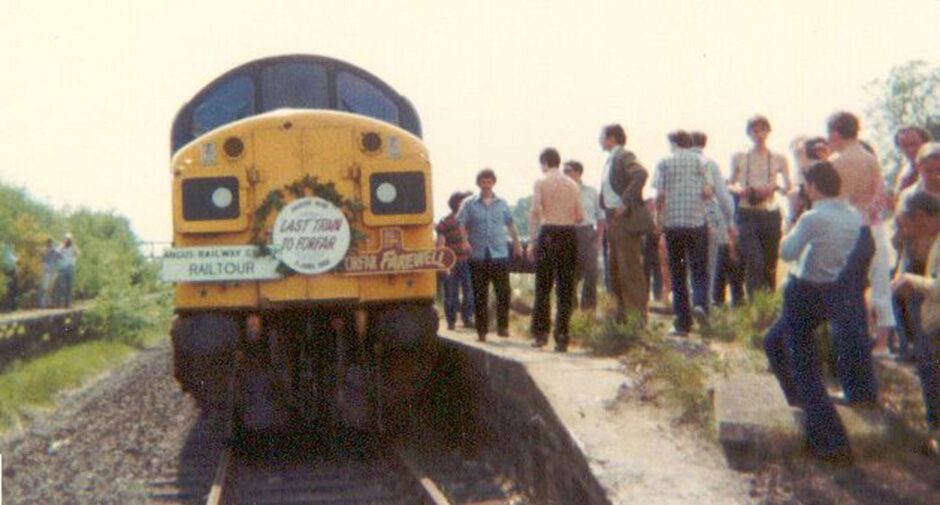
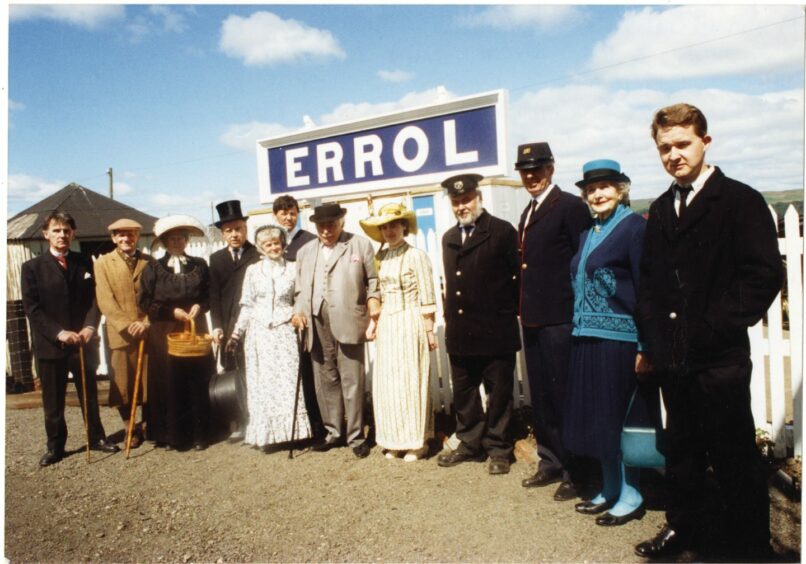

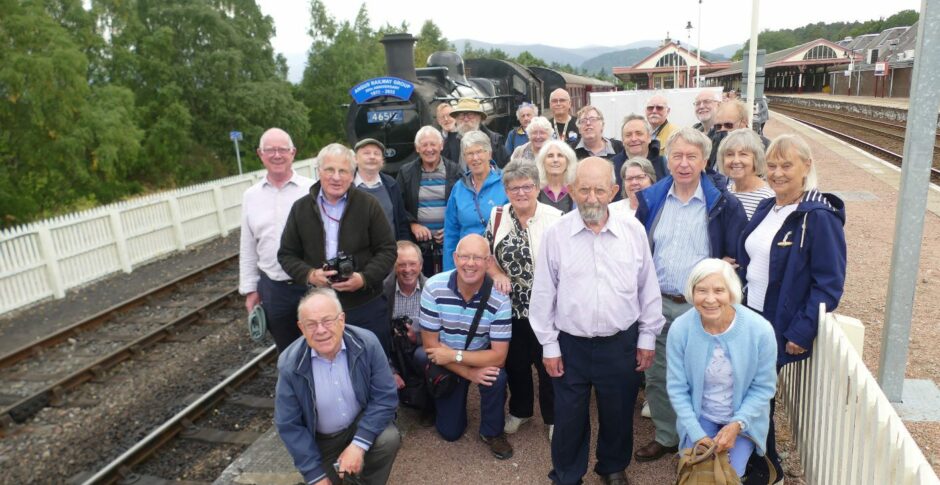


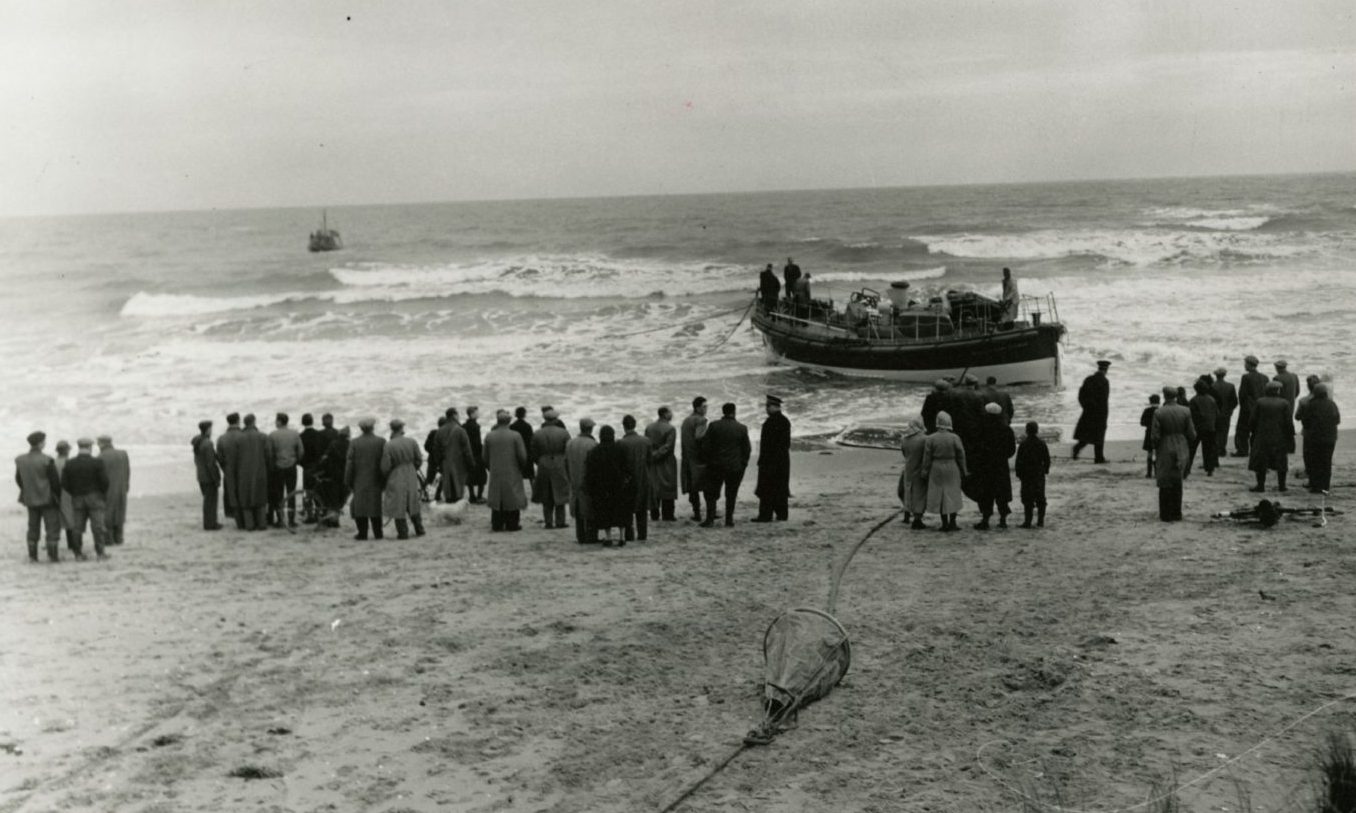
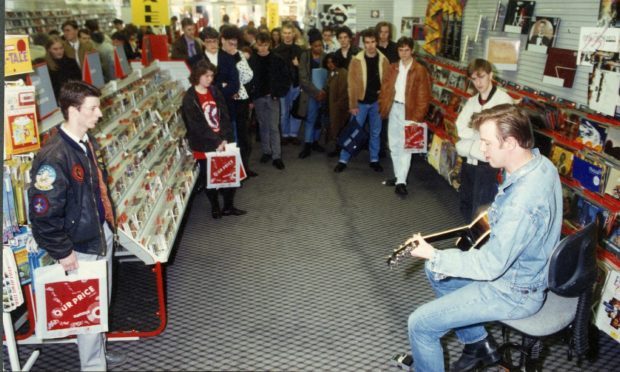
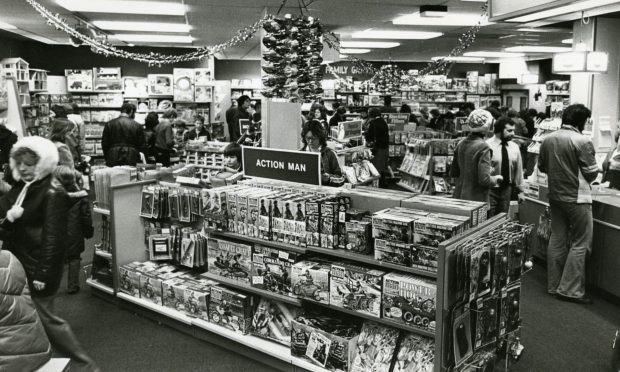
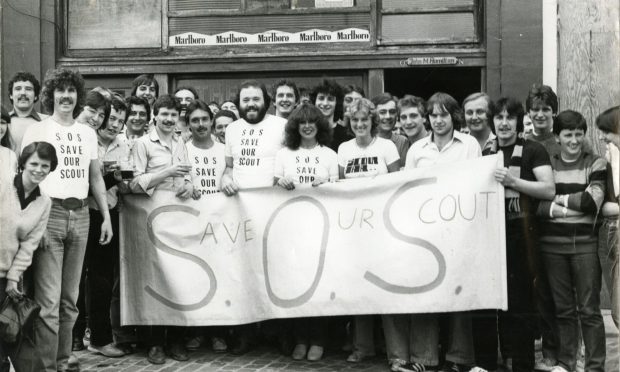
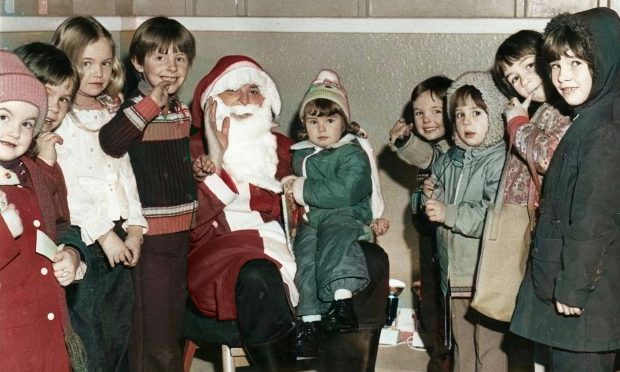
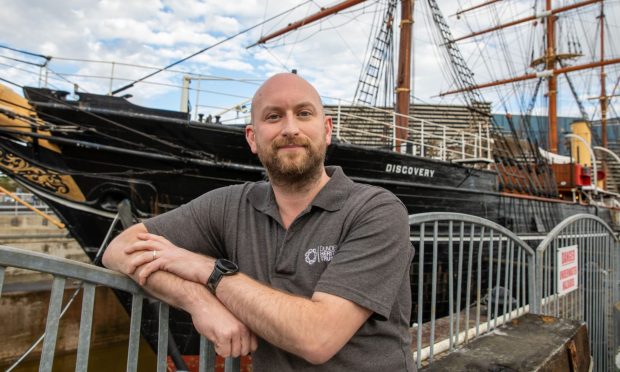


Conversation